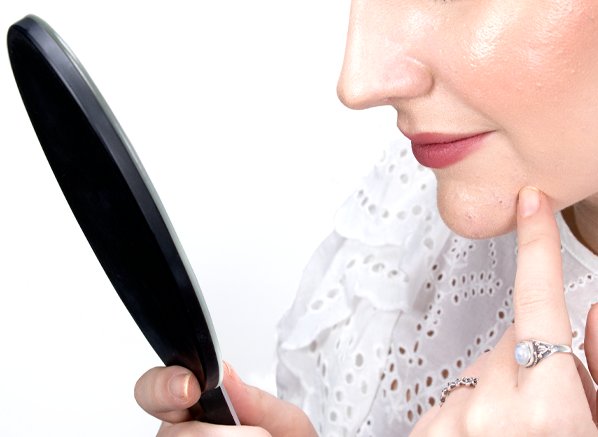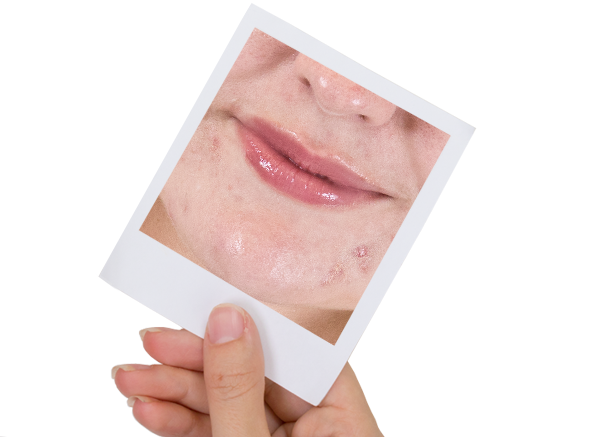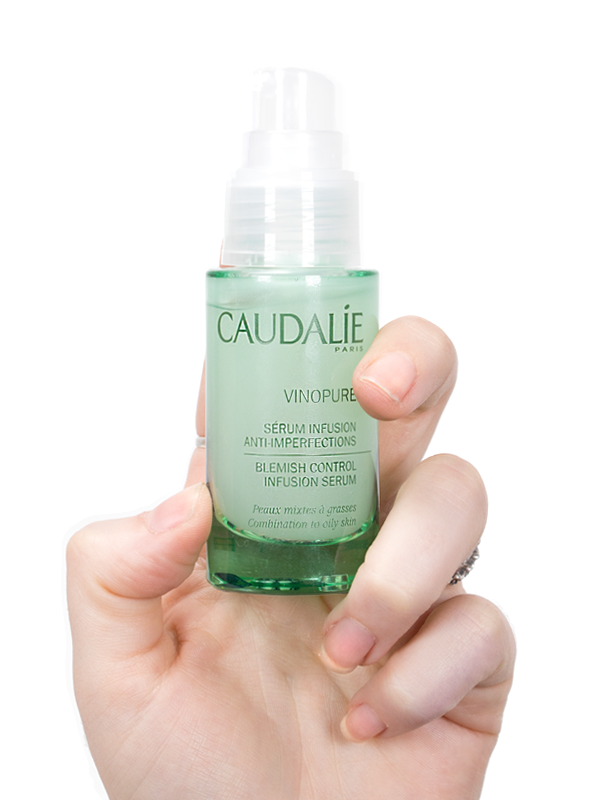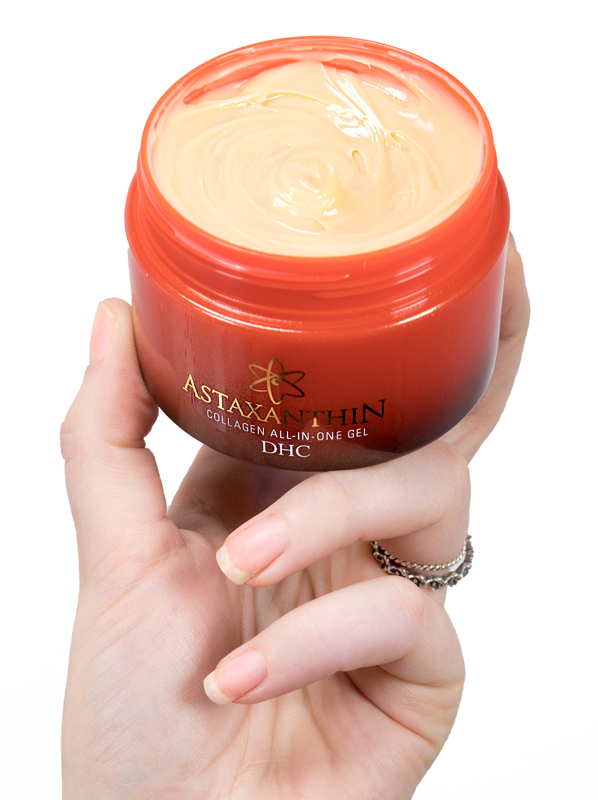

Unpredictable in its severity, but always on time, hormonal acne never fails to show up when you least want it to. As a long-term sufferer of mild acne, including those dreaded ‘time of the month’ breakouts, I’m very familiar with unexpected spots showing their face around the time of my menstrual cycle.
Whether it’s your wedding, your birthday party or you’ve got a big meeting that you need to look your best for, managing menstrual acne can be tricky and can sometimes feel as if you’re fighting a losing battle; but after digging deep. I’ve found out a few helpful tips that will help put you back in charge of your skin. Hormonal breakouts, where?
What’s hormonal acne?
Hormonal acne occurs when your body is undergoing hormonal changes, which can be brought on by puberty, your menstrual cycle, pregnancy and stress. Hormonal acne is different to cystic acne; cystic acne is where the infection goes deeper, creating a bump rather than a blemish. Hormonal blemishes are usually whiteheads, blackheads and pustules that commonly appear around the jawline, chin and cheeks.
What causes hormonal acne?
The main triggers of hormonal acne include the overproduction of excess sebum and the acceleration of desquamation, your skin’s natural exfoliating process, this can cause a few skin cells to become sticky and not to shed properly. This then ends up blocking hair follicles, creating a spot.

What hormones are responsible for causing spots?
Androgen
Found in both women and men, androgen is a male hormone that can create a hormonal imbalance when released, thus leading to a side effect of acne being triggered. Women’s bodies convert androgens into female hormones known as estrogens.
Estrogen
Estrogen does a lot. But it does a particularly good job at making our skin stronger by enhancing collagen production. This hormone also manages sebum secretions in the skin, helping to reduce the formation of acne for women.
Progesterone
Progesterone is another great multi-tasker. It’s responsible for regulating your menstrual cycle, but when we look at it in relation to hormonal acne, it also has the effect of increasing sebum production around the base of hair follicles.
When can you expect hormonal acne to appear?
This cycle can be hit and miss, but for those who have mild to moderate menstrual acne, breakouts will start to appear on the skin just after ovulation, then they will start to heal just after menstruation has ended. Full-on hormonal acne tends to kick in when estrogen levels drop down (just after your fertile window finishes) and then tends to get worse when you start your period when your estrogen levels start to rise. So to keep it simple: when your progesterone levels go up and your estrogen levels go down after ovulation, this is what causes a hormonal breakout.
How can I beat hormonal breakouts with your skincare routine?
1-2 weeks before your period:
Progesterone increases, which means your skin tends to become more oily. Now’s the time to become skincare aware and be sure to focus on cleansing your skin properly. As we learnt above, the overproduction of sebum is one of the biggest causes of acne. No matter your skin type, we can help you to find the best cleanser in our blog post here.
During your period:
Estrogen and progesterone start to fall; this flux may make your skin look dull and dead skin cells will definitely be on the increase. We recommend opting for a gentle exfoliator to buff away any potential sticky skin cells, but always be sure to replenish your with a hydrating and nourishing treatment as your skin’s barrier needs to be protected and balanced during this time.
If you have severe hormonal acne, we recommend the Caudalie Vinopure Blemish Control Infusion Serum as its 98% natural formula can be used all over the face and neck, or applied directly as an on the spot treatment to help soothe and fade painful breakouts. Top Tip: apply this as a localised treatment to blemishes on your chest and back too.
Inside, its gentle infusion of natural salicylic acid will gently dissolve the bonds between dead skin cells, whilst keeping your skin soft and nourished with organic rose water, which also helps to control sebum levels.
Mild hormonal acne? Opt for The Ordinary Mandelic Acid 10% + HA two to three times during your period. This gentle exfoliator delicately sloughs away a rough skin texture whilst encouraging your skin to regain its healthy glow.
1 week after your period
Estrogen increases and so does your skin’s ability to heal and repair itself. Now’s the time to revert back to your usual routine, or if your skin is in need of something new, try investing in nourishing formulas with powerful actives that will help your skin look naturally beautiful.
If you have mild hormonal acne, we recommend adding in an everyday booster into your routine. The DHC Astaxanthin Collagen All-in-One Gel is a skincare secret waiting to be unravelled. Hailed as being 6000 times more powerful than vitamin C, your skin will benefit from increased antioxidant protection, improved overall repair and of course, a boosted healthy glow. It’s simple to use; apply it in place of your skincare essence, after cleansing and before or in place of your favourite serum.
If you suffer from severe hormonal acne, then stick to using the Caudalie Vinopure Blemish Control Infusion Serum that I mentioned above, as its purifying formula will help your skin to get back on track and keep any breakouts at bay throughout your monthly cycle.
Top tips to beat hormonal acne
• Always use non-comedogenic products. Non-comedogenic products are formulated to not block your pores, which is an important factor for anyone who breaks out easily.
• Make sure you use a mild cleanser twice daily, especially if you wear makeup or SPF.
• When using an on-the-spot treatment, never use more than a pea-sized amount on the affected area. Applying more product will only result in your skin drying out and becoming more flakey.
Discover More:
• The Simple Skincare Routine To Try Tonight
• 5 Steps For Flawless ‘No-Makeup’ Makeup







